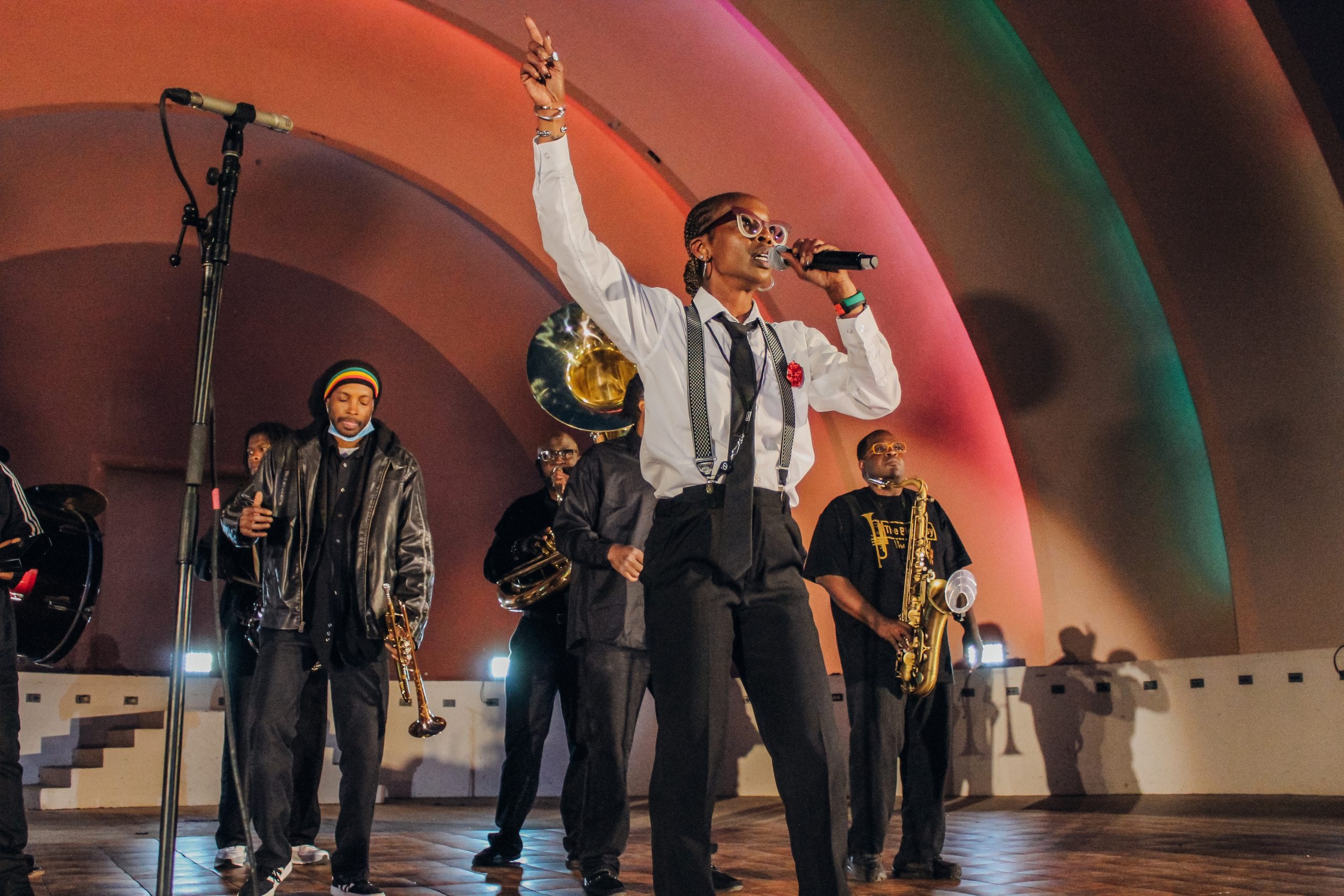Since its roots began in 1886, Fair Park has evolved into one of the world's premier destinations engulfed with timeless history and landscape.
Fair Park's Historical Timeline
January 30, 1886: The Dallas State Fair Association is chartered by the State of Texas. An 80-acre tract of land in cotton fields east of Dallas is selected for the fairgrounds.
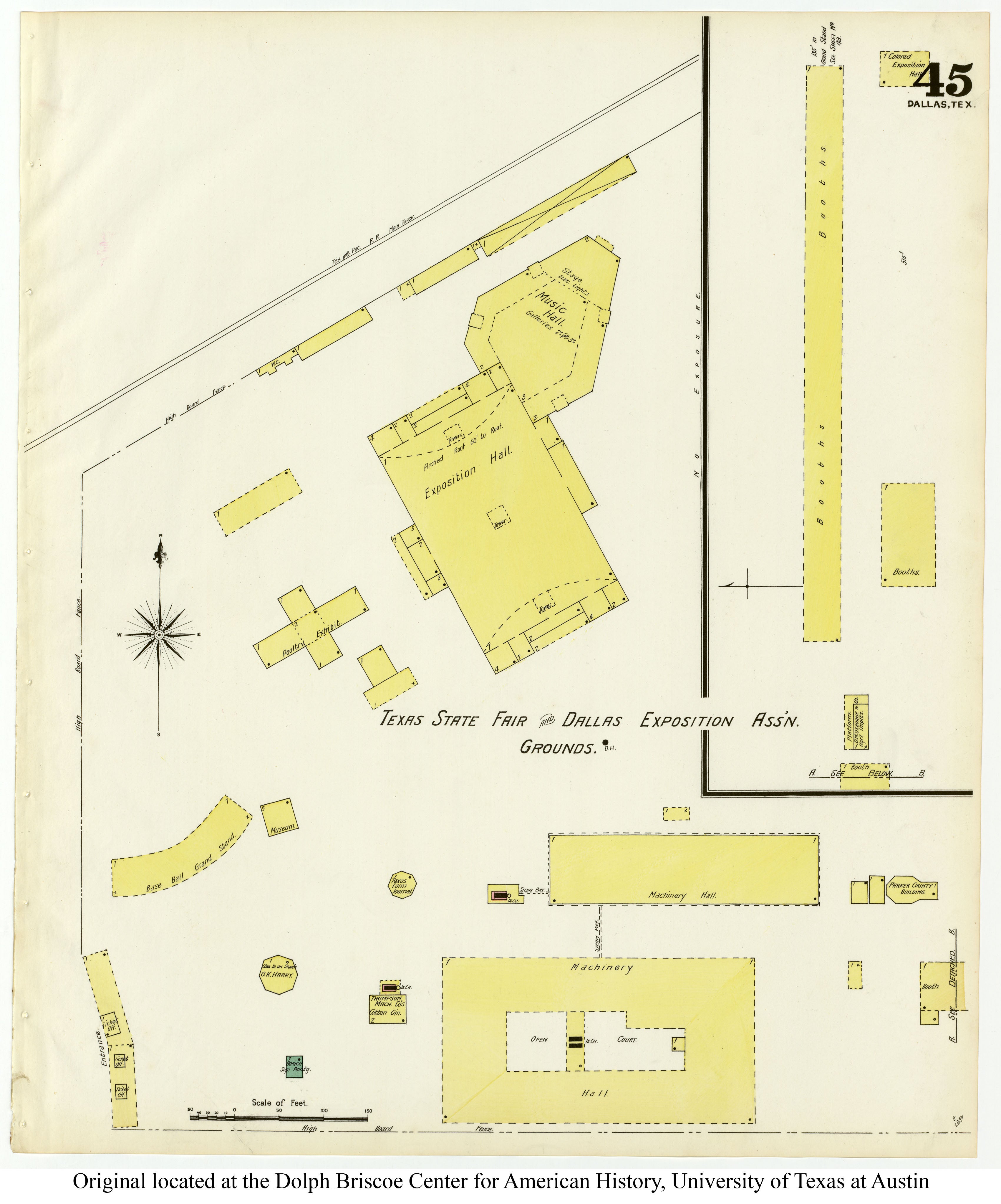
October 26 - November 6, 1886: Over 14,000 visitors attend the Dallas State Fair. Renowned Indian Quanah Parker visits the fair and gives a speech to the fairgoers.
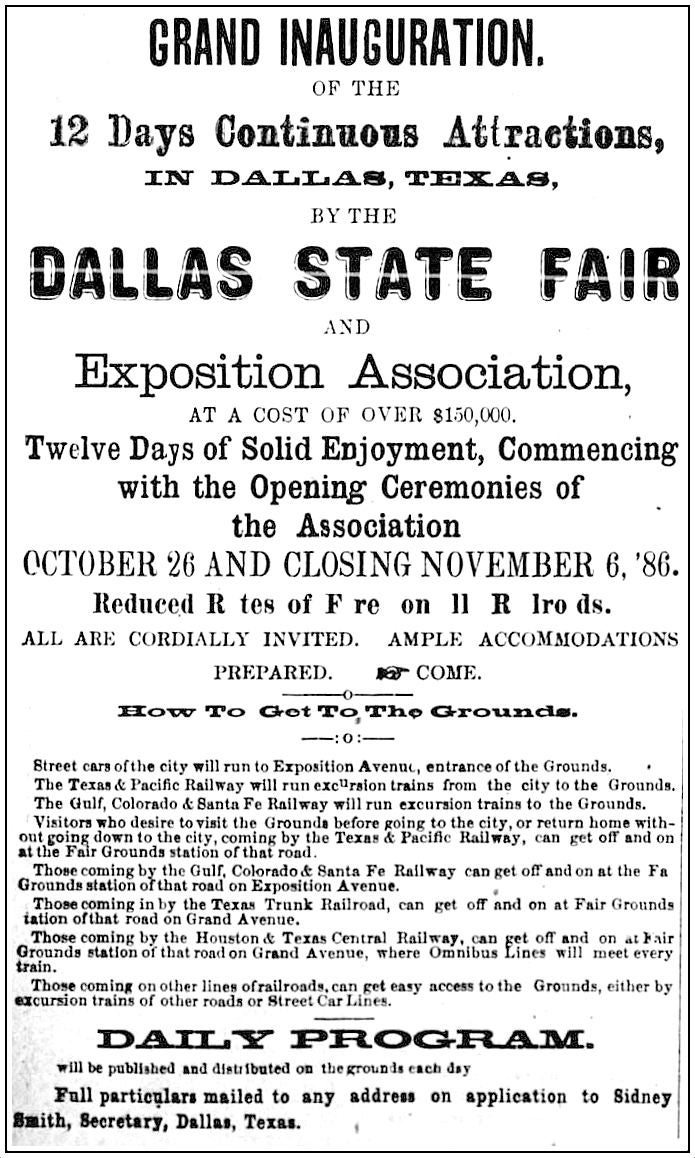
June 19, 1897: African-American citizens of Dallas celebrate Emancipation Day (“Juneteenth”) at the fairgrounds.
October 5, 1900: African-American educator Booker T. Washington speaks at the fairgrounds auditorium on “Colored People’s Day” at the fair.
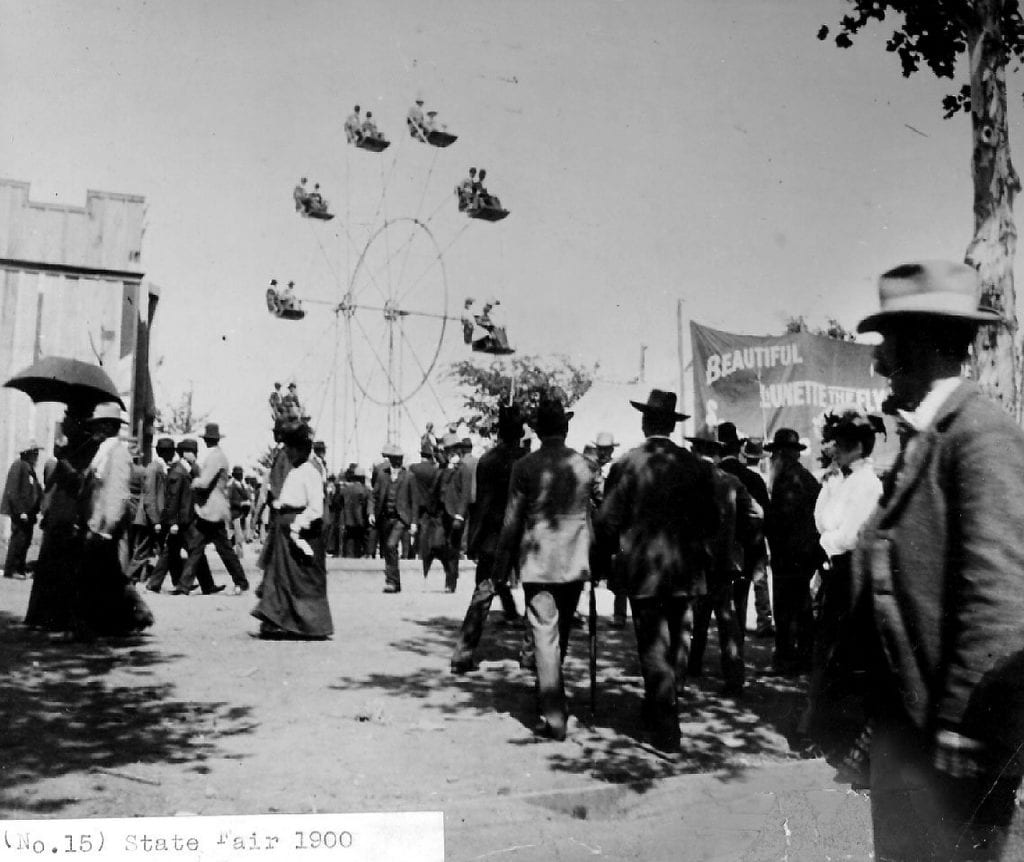
1902: Fire devastates the fairgrounds, destroying the State Fair exhibit building and other wood structures.
1903: State Legislature outlaws track betting on horse racing, the fair’s main source of revenue.
1907: Fair Park becomes the site of year-round activities, including movies and renting automobiles for a drive in the park. A skating rink is also added.
1909: President Howard Taft is the first U.S President to visit the fair, delivering a speech to 8,000 spectators in the racetrack grandstand.
1911: Fair Park’s boundaries expand by 7.4 acres to accommodate a roller coaster.
1918: Army lakes control of the site for “Camp Dick” for five months just as WW1 ends.
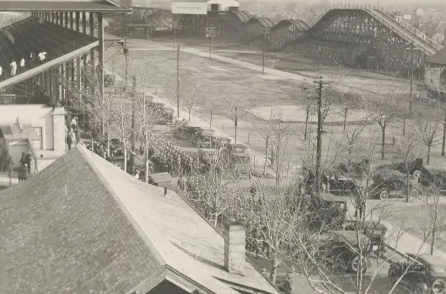
1926: WRR Radio opens a studio.
1929: The universities of Texas and Oklahoma play a neutral-site football game during the fair that becomes the first in a long-running annual series.

1930: The 45,507-seat Fair Park Stadium is built, later to become the Cotton Bowl Stadium.
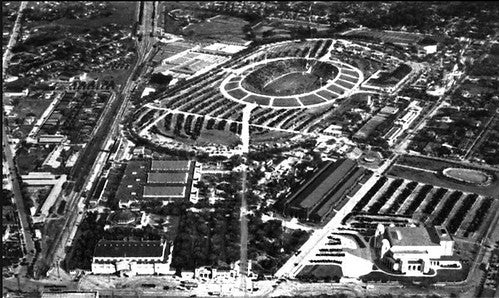
June 6, 1936: The Texas Centennial Exposition opens to the public. It is not a celebration of Texas independence but also a festival of architecture, art, and light. Over 250,000 spectators witness the three-mile-long parade.
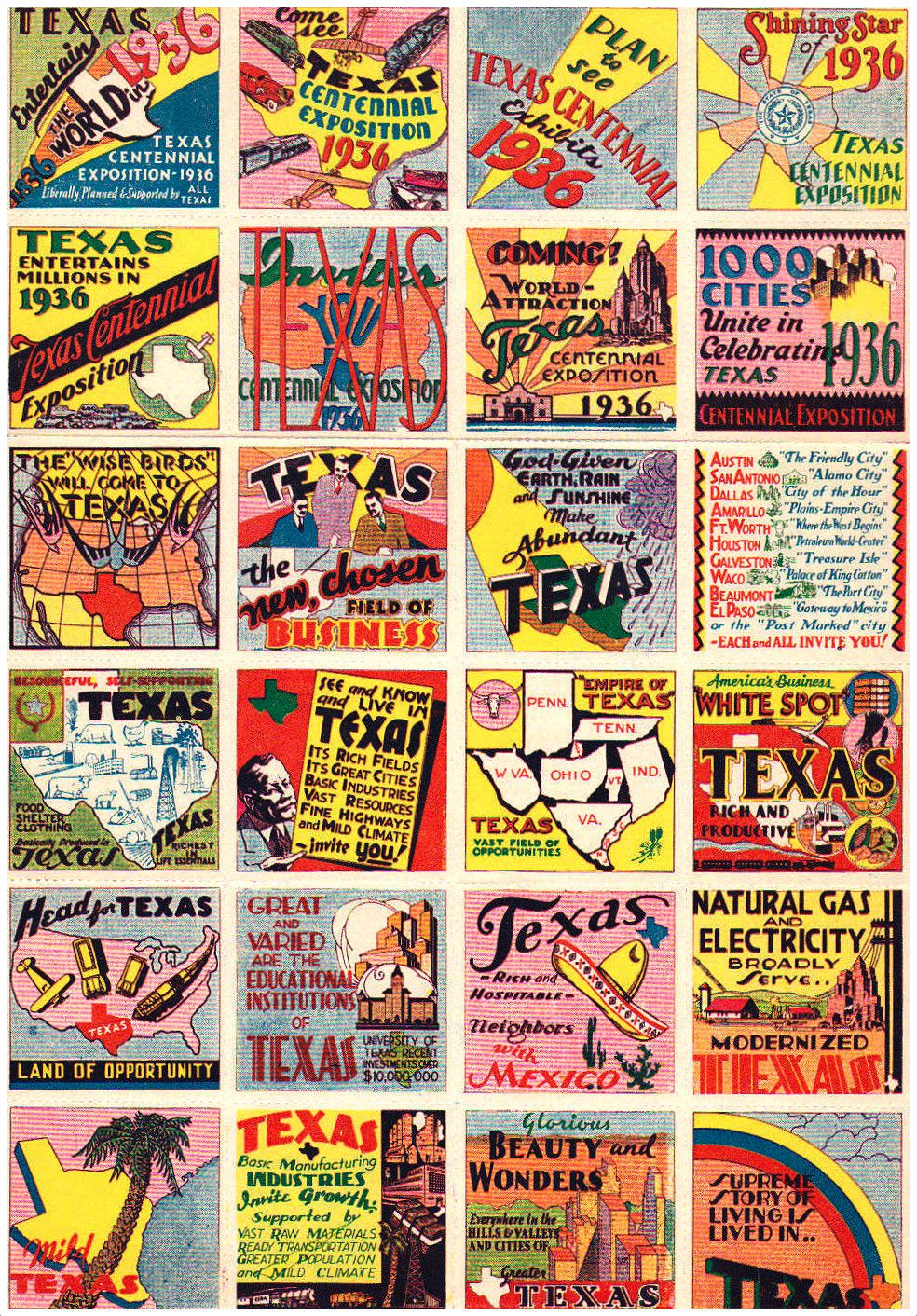
1941: “Opera Under The Stars,” later called the Starlight Operettas, introduces summer theater to Dallas audiences in Fair Park’s Band Shell. The Operettas moved indoors in 1951 and are known today as Broadway Dallas.
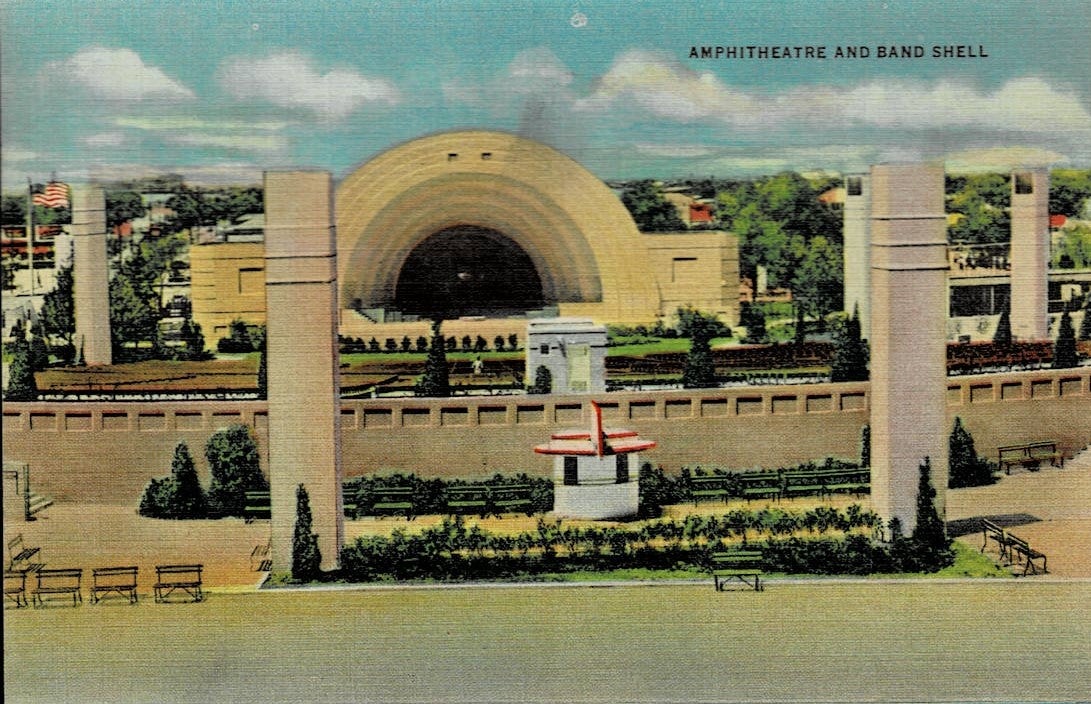
1946: Elsie the Borden Cow becomes the main attraction to fairgoers who line up around two blocks to get a glimpse of the animal.
1951: R. L. Thornton purchases a large Santa Claus figure from Keren’s Chamber of Commerce and commissions an artist to make a giant cowboy out of the material. The next year, “Big Tex” makes his debut at the State Fair.
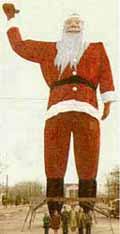
1956: Elvis performs in the Cotton Bowl, singing his way through “Heartbreak Hotel” and “Don’t Be Cruel” to the delight of thousands of fans.
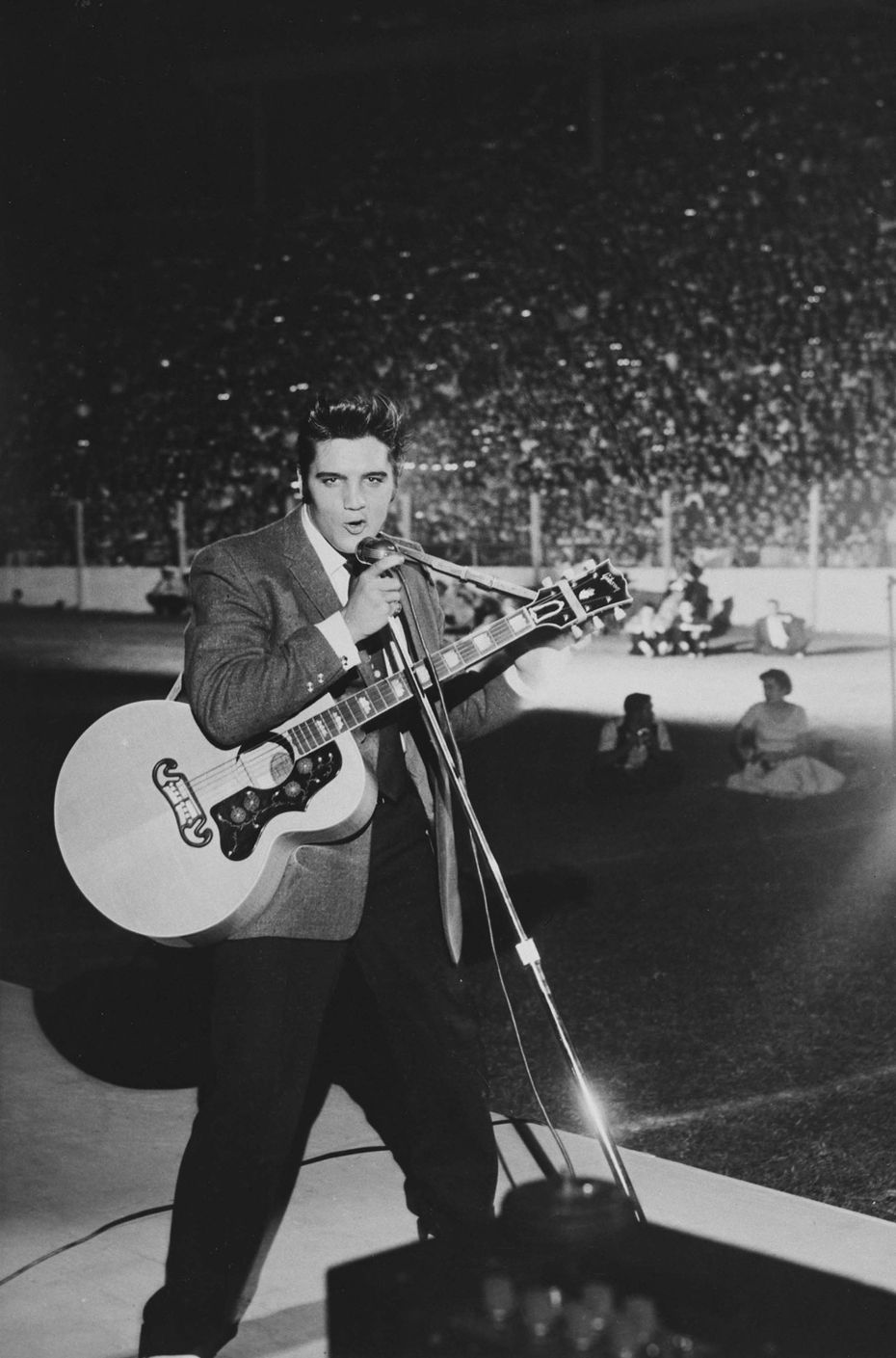
1960: The Dallas Texans of the new American Football League and the new Dallas Cowboys of the established National Football League play their first season in the Cotton Bowl. The Texans will move to Kansas City in 1963, and the Cowboys to Irving in 1971.
1970: The Dallas Cowboys play their last game in the Cotton Bowl.
1976: President Gerald R. Ford officially opens the fair to celebrate the 100th anniversary of the State Fair and the U.S. Bicentennial.
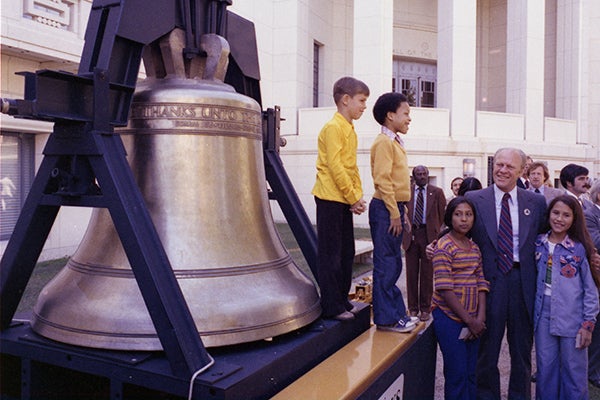
1978: The Texas World Music Festival is held in the Cotton Bowl. Famous musicians and bands, including Aerosmith, Journey, Eddies Money, Fleetwood Mac, and Van Halen, perform.
1982: The Friends of Fair Park is established. Citizens vote for $18 million in bond funds for Fair Park.
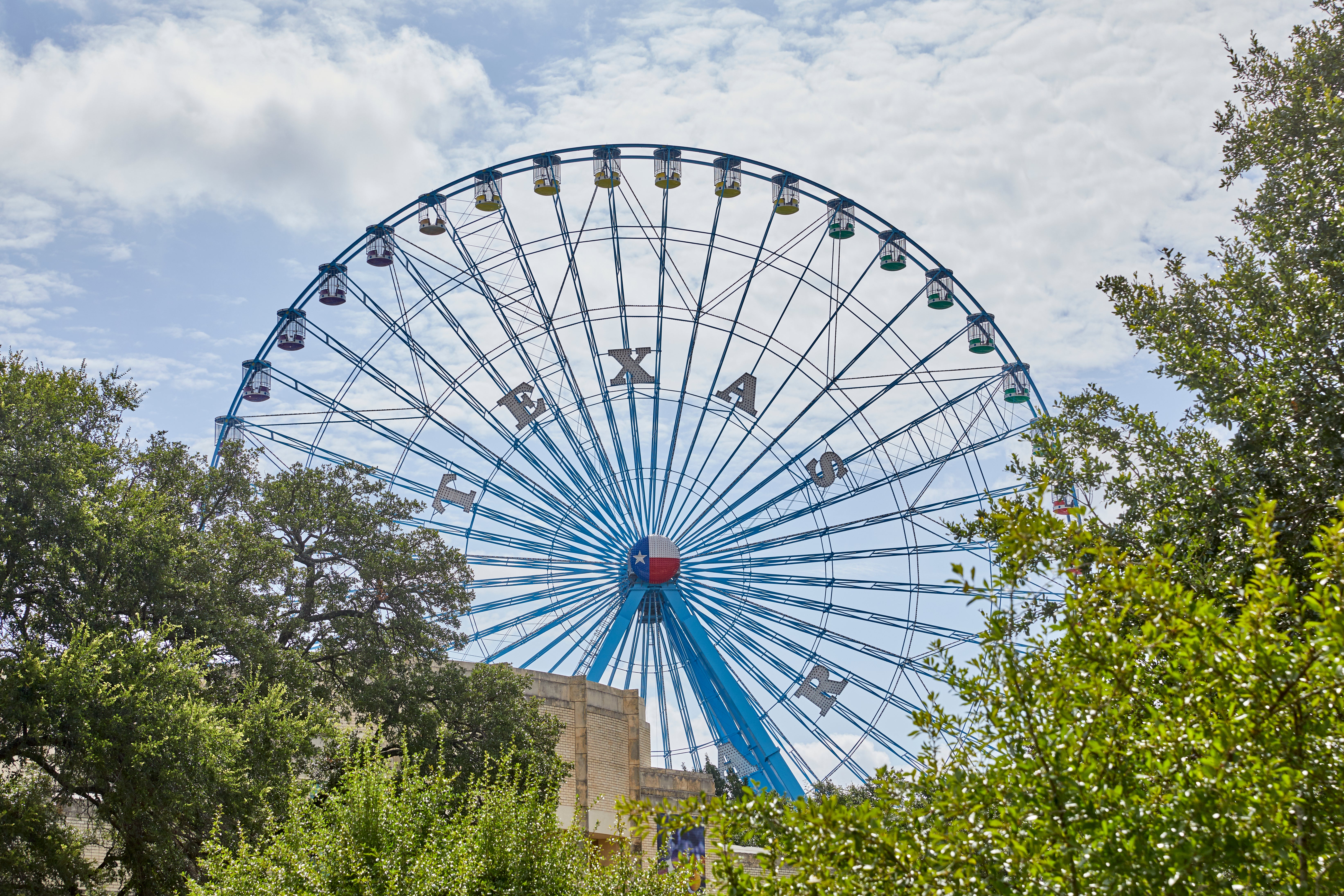
1984: The Dallas Grand Prix is held on a 2.43-mile course through Fair Park during the summer. Fair Park is designated a State Archeological Landmark.
1985: The Texas Star, at 212 feet in height, is the tallest Ferris wheel in North America. It was built in Italy and shipped to Fair Park in time to operate during the fair.
1986: The fair is listed as a National Historic Landmark. The Texas Sesquicentennial is celebrated at the park.
1987: Fair Park is designated a City of Dallas Landmark.
1994: African American Museum opens. Fair Park/Cotton Bowl Stadium is one of nine American venues to host the FIFA World Cup.
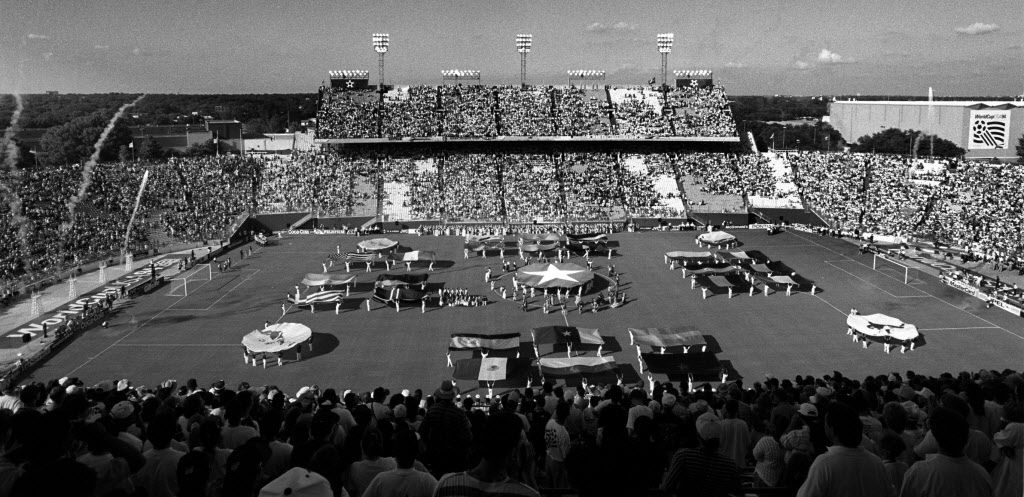
2003: Fair Park receives the prestigious National Trust for Historic Preservation Honor Award for the revitalization and restoration of the site.
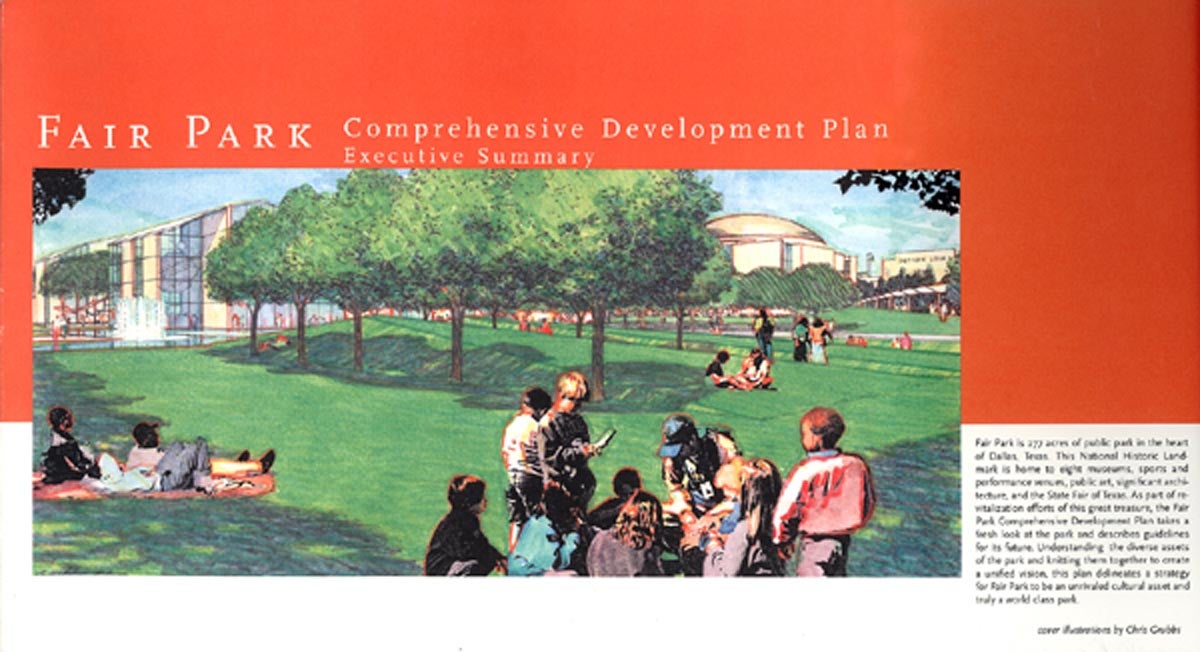
2009: Between 2003 and 2009, other restoration projects are completed, including the long-overdue restoration of the Esplanade reflecting basin, which includes a sound, light, and water show fountain.
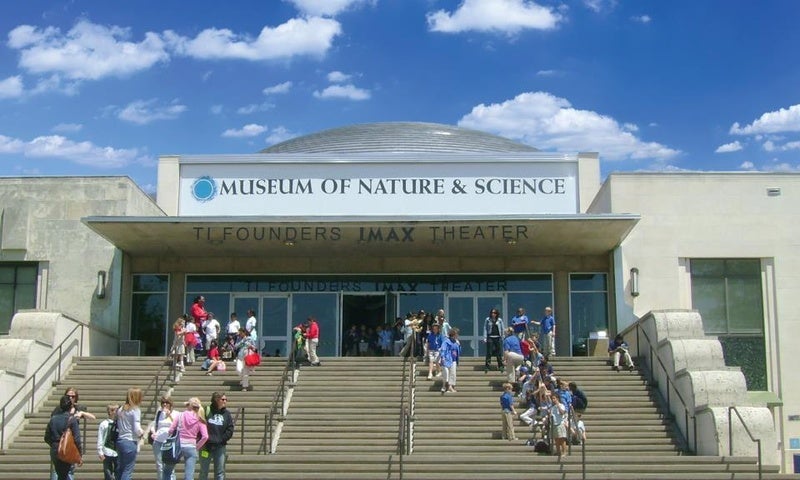
2018: The City of Dallas selects Fair Park First and Spectra (Oak View Group) to manage Fair Park for the next 20 years beginning Jan 1, 2019
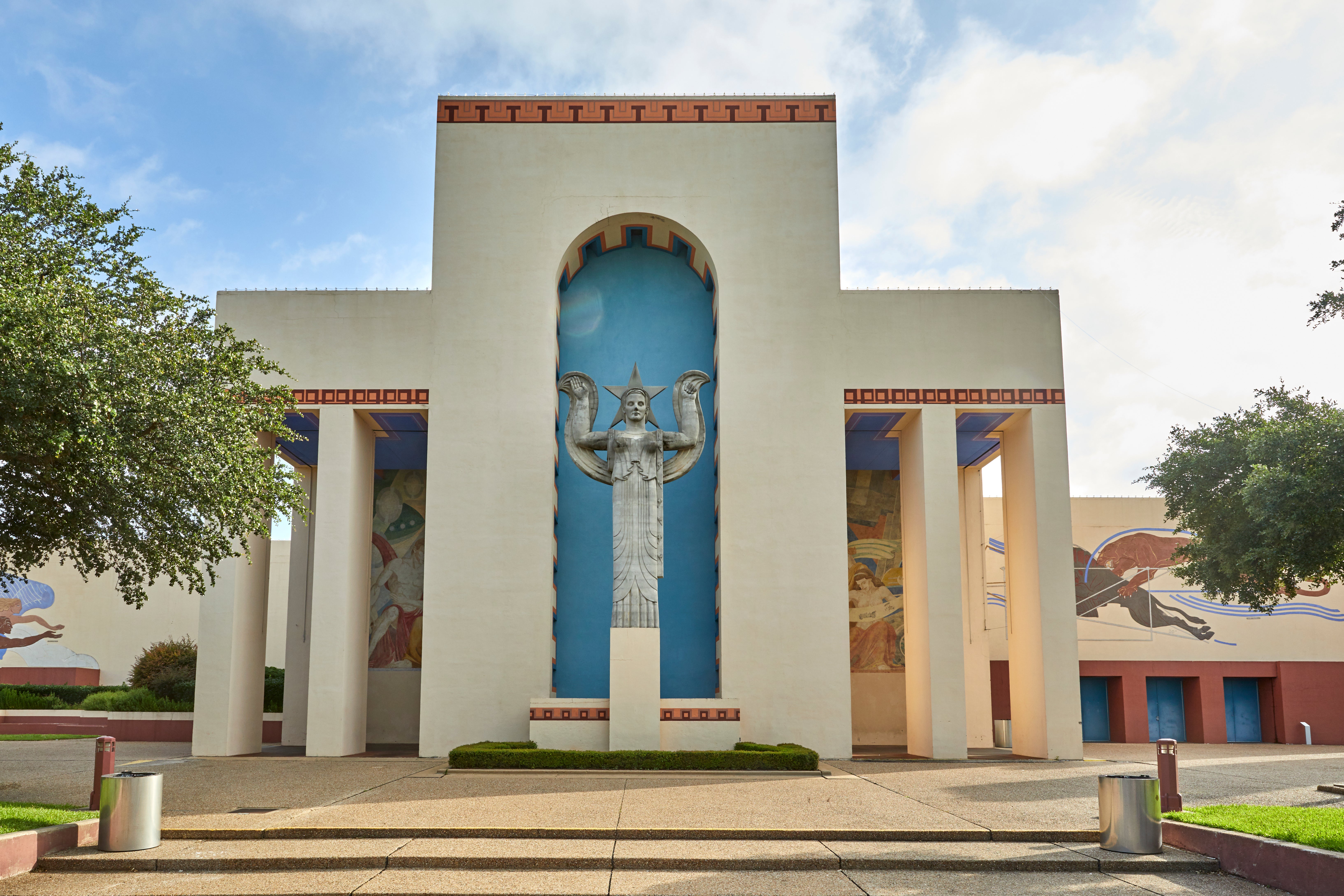
2020: Global pandemic (COVID-19) hits, causing Fair Park to temporarily cancel hundreds of events.
2021: The Texas Commission on the Arts announced that Fair Park and some South Dallas neighborhoods are among the state's new cultural districts.
